By Harriet Sese
Healthcare data interoperability and telemedicine advancements are two critical aspects of the healthcare industry that have gained immense importance in recent years. Healthcare data interoperability refers to the ability of different healthcare systems and devices to exchange and interpret patient data accurately and efficiently. On the other hand, telemedicine advancements involve using technology to provide remote healthcare services and consultations to patients.
Integrating healthcare data interoperability and telemedicine advancements has revolutionized the healthcare industry, improving patient care and health outcomes. With the increasing adoption of electronic health records (EHRs) and telemedicine technologies, healthcare providers can now access and share patient data seamlessly, regardless of their location or the systems they use. This has improved care coordination, reduced medical errors, and increased patient satisfaction.
Despite the significant benefits of healthcare data interoperability and telemedicine advancements, some challenges still need to be addressed. These include data privacy and security concerns, regulatory barriers, and technical interoperability issues. However, with the ongoing efforts of healthcare organizations, policymakers, and technology providers, these challenges can be overcome, and the full potential of healthcare data interoperability and telemedicine advancements can be realized.
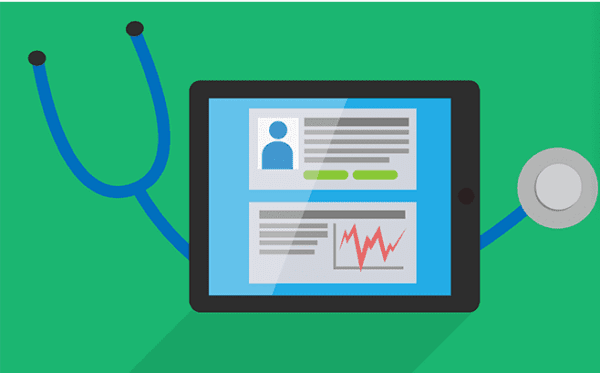
The Importance of Healthcare Data Interoperability
As healthcare continues to shift towards a more patient-centric model, the need for healthcare data interoperability has become increasingly important. With the rise of telemedicine advancements, healthcare providers can monitor and treat patients remotely, leading to a significant increase in the amount of patient data being generated.
However, this increase in patient data has also led to a significant challenge for healthcare providers: the ability to seamlessly share and access patient data across different healthcare systems and platforms. This is where healthcare data interoperability comes into play.
Healthcare data interoperability refers to the ability of different healthcare systems and platforms to communicate and exchange data. This allows healthcare providers to access and share patient data in real-time, regardless of the system or medium used.
The importance of healthcare data interoperability cannot be overstated. It enables healthcare providers to make better-informed decisions about patient care, reduces the risk of errors and duplications in patient records, and ultimately improves patient outcomes.
In addition, healthcare data interoperability can also lead to significant cost savings for healthcare providers. By reducing the need for manual data entry and duplication of tests and procedures, healthcare providers can improve efficiency and reduce the overall cost of care.
Overall, healthcare data interoperability is crucial for the success of telemedicine advancements and the shift towards a more patient-centric healthcare model. As healthcare continues to evolve, healthcare providers must prioritize healthcare data interoperability to ensure patient data is accessible, accurate, and secure.
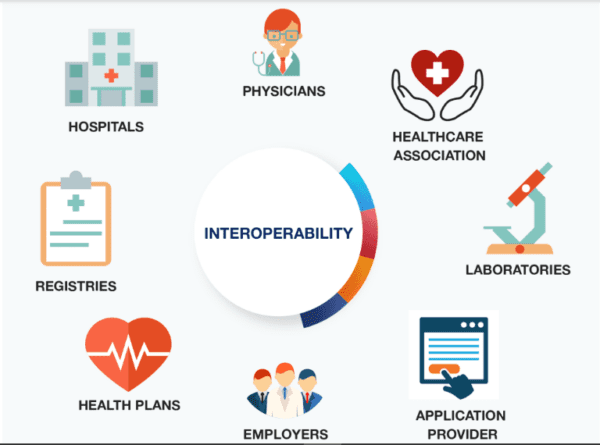
Achievements in Healthcare Data Interoperability
As healthcare data grows, the need for interoperability becomes more pressing. Sharing data across systems and platforms is crucial for improving patient outcomes and reducing costs. Here are some notable achievements in healthcare data interoperability:
Standardization Efforts
Standardization efforts have been a significant focus on healthcare data interoperability. The development of HL7, FHIR, and DICOM standards has enabled healthcare providers to share data more quickly and efficiently. These standards provide a common language for different systems to communicate with each other, reducing the need for custom interfaces and manual data entry.
In addition to these standards, the Office of the National Coordinator for Health Information Technology (ONC) has developed a set of interoperability standards and guidelines for electronic health records (EHRs). These guidelines help ensure that EHRs can communicate with each other and share data in a standardized way.
Notable Success Stories
One notable success story in healthcare data interoperability is the Veterans Health Administration (VA). The VA has implemented the Veterans Health Information Systems and Technology Architecture (VistA) system, which allows for sharing of patient data across the VA’s many healthcare facilities. This system has been credited with improving patient outcomes and reducing costs.
Another success story is the partnership between Epic Systems and Cerner Corporation. These two companies, which dominate the EHR market, have developed a way to share patient data between their systems. This has enabled healthcare providers to share data more efficiently and has improved patient care.

Overall, healthcare data interoperability has come a long way in recent years. Standardization efforts and successful implementations have made it easier for healthcare providers to share data and improve patient outcomes.
Telemedicine Advancements: A New Era
Telemedicine has revolutionized the healthcare industry by allowing patients to connect with healthcare providers remotely. With technological advancements, telemedicine has become more accessible and affordable, making it easier for patients to receive quality care from the comfort of their homes.
One of the significant telemedicine advancements is wearable devices that can monitor a patient’s health remotely. These devices can track vital signs, such as heart rate, blood pressure, and oxygen levels, and transmit the data to healthcare providers in real-time. This allows for early detection of health problems and timely interventions, improving patient outcomes.
Another advancement is the use of telemedicine in mental health care. With the rise of mental health issues, telemedicine has made it easier for patients to access mental health services without the need for in-person visits. Patients can receive counselling, therapy, and medication management through video conferencing, phone calls, or messaging.
Telemedicine has also played a critical role in managing chronic diseases, such as diabetes and hypertension. Patients can receive regular check-ins and consultations with their healthcare providers, reducing the need for frequent in-person visits and improving patient adherence to treatment plans.
Telemedicine has ushered in a new era of healthcare by improving access to care, reducing healthcare costs, and improving patient outcomes. With the continued advancements in technology, telemedicine is poised to become an even more integral part of the healthcare industry in the coming years.
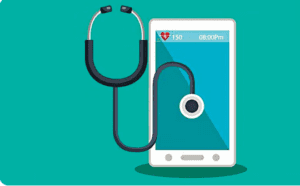
Impact of Telemedicine Advancements
Telemedicine has not only transformed the way healthcare is delivered but has also significantly contributed to medical education and training. With the integration of telemedicine technology, medical students and professionals can now access virtual learning resources, participate in remote surgical demonstrations, and engage in tele-mentoring programs. This has expanded educational opportunities and facilitated knowledge sharing and skill development among healthcare practitioners, ultimately leading to enhanced patient care and safety.
Furthermore, telemedicine has played a pivotal role in emergency medicine, providing swift and effective triage and remote assessment of critical cases. By leveraging telemedicine platforms, emergency medical teams can quickly connect with specialists, share vital patient data, and make real-time informed decisions, improving emergency care delivery’s speed and quality. This has been particularly impactful when immediate access to specialized medical expertise is crucial for patient survival and recovery.

Patient Engagement
Telemedicine has made it easier for patients to communicate with their healthcare providers, increasing patient engagement. Patients can now use telemedicine technology to schedule appointments, receive medical advice, and access medical records from the comfort of their homes. This has led to improved patient satisfaction and better health outcomes.
Telemedicine has also proven particularly beneficial for individuals with limited mobility or those residing in remote areas, as it eliminates the need for extensive travel to healthcare facilities. This increased accessibility has contributed to a more inclusive healthcare system, ensuring that all patients can easily connect with their healthcare providers, regardless of location or physical limitations.
Furthermore, telemedicine has facilitated the monitoring of chronic conditions and post-operative care, allowing healthcare professionals to closely track patients’ progress and provide timely interventions when necessary. This proactive approach to healthcare management has reduced hospital readmissions and complications, ultimately leading to cost savings for patients and healthcare systems. As telemedicine continues to evolve, it holds the potential to revolutionize patient engagement and the delivery of healthcare services.
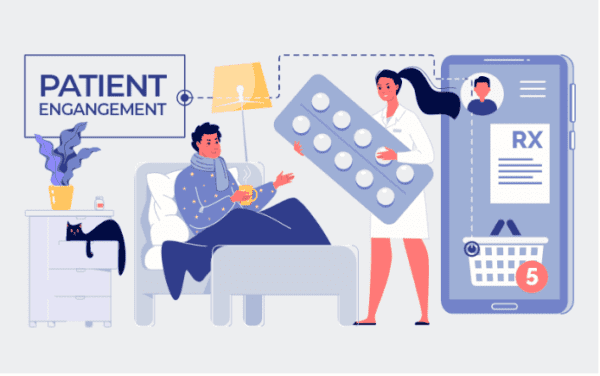
Healthcare Accessibility
Telemedicine has also improved healthcare accessibility by making it easier for patients in remote or underserved areas to access medical care. Patients who live far away from medical facilities can now receive medical advice and treatment without travelling long distances. This has led to reduced healthcare costs and improved health outcomes for patients.
Telemedicine has also played a crucial role in addressing healthcare disparities among underserved communities, including rural areas and low-income neighbourhoods. By providing virtual consultations and remote monitoring, telemedicine has helped bridge the gap in healthcare accessibility, ensuring that individuals in these areas receive timely and quality medical care. This has improved health outcomes and helped alleviate the burden on overcrowded healthcare facilities in urban centres.
Moreover, telemedicine has empowered patients to take a more proactive role in managing their health, as they can quickly seek medical advice and treatment without facing barriers such as transportation challenges or long wait times. This has resulted in a more efficient use of healthcare resources and has enabled healthcare providers to focus on delivering personalized patient care, ultimately leading to better overall health outcomes.
The integration of telemedicine has not only improved patient engagement and healthcare accessibility but has also driven advancements in healthcare data interoperability. As telemedicine technology advances, it promises to revolutionize healthcare delivery further and positively impact patient outcomes.
In summary, the impact of telemedicine advancements extends beyond patient engagement and accessibility, encompassing areas such as medical education, emergency care, and the overall enhancement of healthcare delivery. As telemedicine continues to evolve, its influence on various aspects of healthcare is poised to grow, shaping the future of medical practice and patient outcomes.
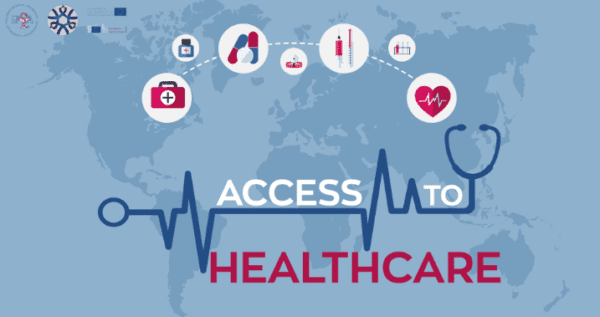
Future of Healthcare: Interoperability and Telemedicine
The healthcare industry is rapidly changing, and one of the most significant advancements is the integration of telemedicine and interoperability. Telemedicine is the use of technology to provide healthcare services remotely, while interoperability refers to the ability of different healthcare systems to communicate and exchange data seamlessly. The combination of these two technologies has the potential to revolutionize healthcare delivery, making it more accessible, efficient, and cost-effective.
Interoperability enables healthcare providers to share patient data across different systems, making coordinating care and avoiding errors easier. This is particularly important in telemedicine, where patients may receive care from multiple providers in different locations. With interoperability, all providers can access the patient’s medical history, test results, and other relevant information, allowing them to make informed treatment decisions.
Telemedicine also offers several benefits to patients, such as increased access to care, reduced travel time and costs, and improved convenience. Patients can receive consultations, diagnoses, and even treatment from the comfort of their own homes, eliminating the need for in-person visits in many cases. This is especially important for patients with chronic conditions or disabilities that make travelling to a healthcare facility difficult.

In the future, we can expect to see even more advancements in telemedicine and interoperability. As technology evolves, healthcare providers can offer more sophisticated services like remote monitoring, virtual reality consultations, and personalized treatment plans based on patient data. Interoperability will also become more widespread, allowing healthcare providers to share data seamlessly across different systems and platforms.
Overall, the future of healthcare looks bright, with telemedicine and interoperability playing a significant role in improving patient outcomes and reducing costs. By leveraging these technologies, healthcare providers can offer more accessible, efficient, and personalized care to patients, regardless of their location or medical history.
Related Posts:
